On this day, 24 January, occurred the birth of the future Frederick II, called the Great, King of Prussia from 1740 to 1786. The year was 1712, the last full year of the reign of his grandfather, Frederick I, the first king not only of his name, but of the kingdom of Prussia, which until a decade before had been only a duchy.
Two baby princes had already been born to Frederick I’s heir, Frederick William, and his consort, Sophia Dorothea of Hannover, whose own father would soon become king of England. Both of the little princes had been sickly and died in infancy. Only baby Frederick’s elder sister, Wilhelmina, had survived of the the crown princely couple’s early brood. This pair of children would be close for their rest of their lives.
The newly born Frederick was puny, but proved to be quite hardy. In the end, he lived to be 74, which was a very respectable age in the Versailles Century.
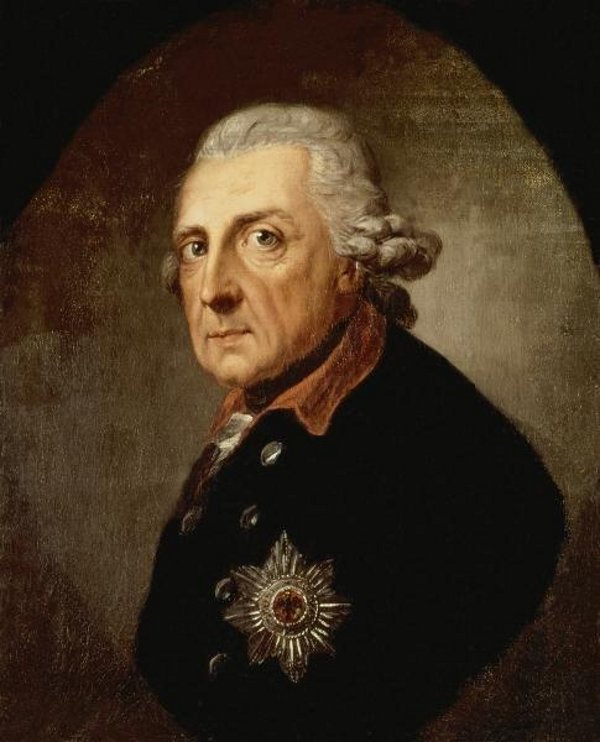
Frederick the Great in old age. Credit: Wikipedia.
In maturity, he would be a statesman, general, writer, philosopher, art collector, composer, dog lover, devoted friend, doting brother and uncle, and neglectful husband. Here at Versailles Century, we consider him fascinating and he’s one of our favourite historical characters.
It’s of course as a general and conqueror that he is best remembered, and perhaps misremembered.
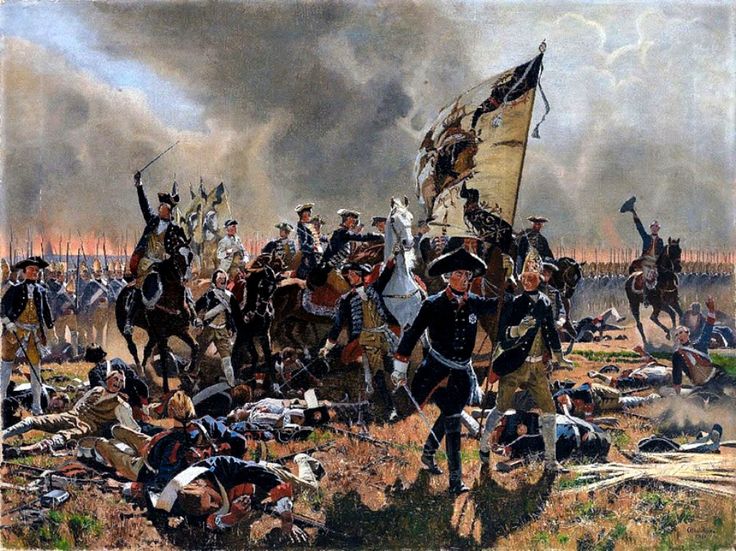
Frederick the Great on the battlefield. Credit: Wikipedia.
Why misremembered? His legendary leadership on the battlefields of the War of the Austrian Succession (1740-1748) and the Seven Years’ War (1756-1763), attracted the hero worship of one Adolf Hitler. The little Austrian corporal also took inspiration from the increase in Prussia’s territory that Frederick achieved — he enlarged Prussia by a third.
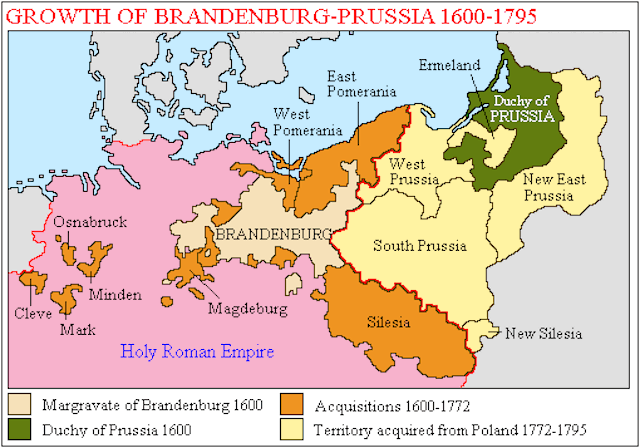
Map of Prussia, 1600-1795. Frederick the Great acquired Silesia by force and West Prussia by treaty. Credit: Wikipedia.
Unfortunately, Hitler’s infatuation with Frederick has blighted the latter’s reputation among modern historians, and consequently his popular reputation.
Happily, Frederick’s principal residence, Sans Souci palace and park in Potsdam, near Berlin, are in better shape now than they’ve been in since the fall of the Hohenzollern monarchy in 1918. Frederick spent most of the year in his little yellow pavilion from its completion in the mid-1740s until the end of his life. It seems quite grand to us, but in Frederick’s day it was considered a very modest principal residence for a king.
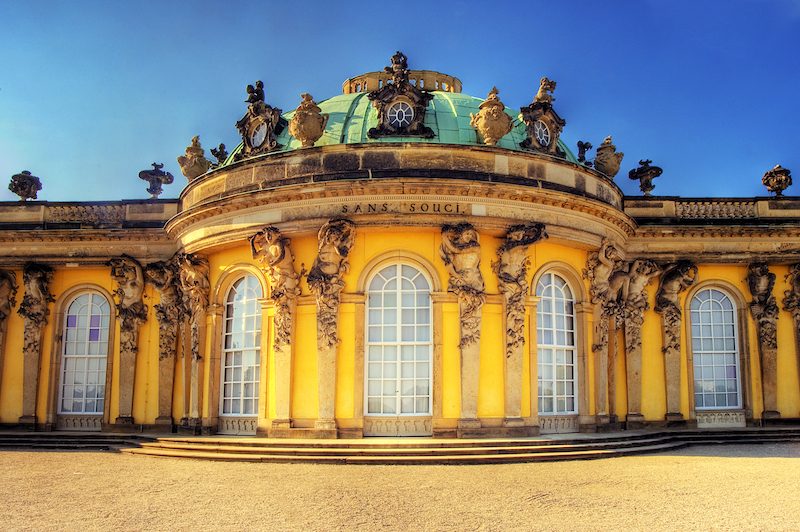
Sans Souci Palace. For most of his reign, Frederick the Great lived here in summer and at the Potsdam City Palace in winter.
It was difficult to heat, however, so Frederick would move into the Potsdam City Palace during the coldest months of the winter. Like the French kings at Versailles, he was only a visitor to his capital after the early years of his reign.
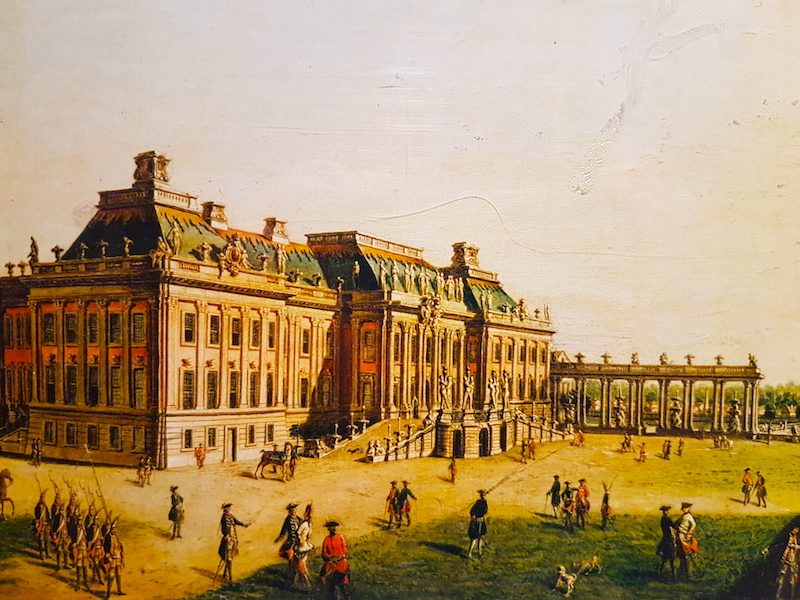
The Potsdam City Palace, as it appeared in Frederick the Great’s time. It was knocked down by the East German authorities after WWII.
It’s in Potsdam that Frederick’s legacy can be felt most strongly. I have vivid memories of my own visit there more than 30 years ago. It’s fitting that Frederick’s body was finally re-buried there, in the garden at San Souci as he wished, after Germany’s reunification.
Happy birthday, Your Majesty, wherever you are!







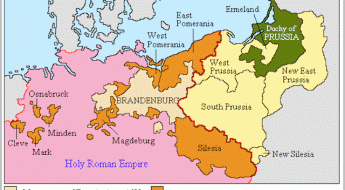
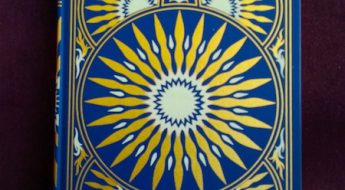
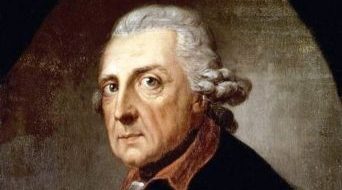








Leave a Comment